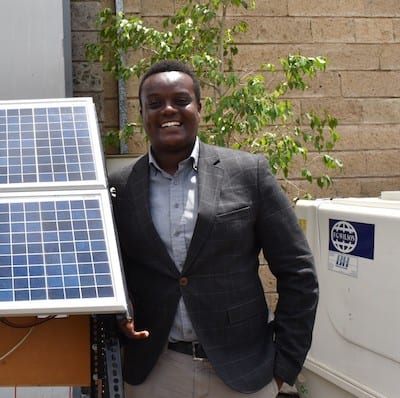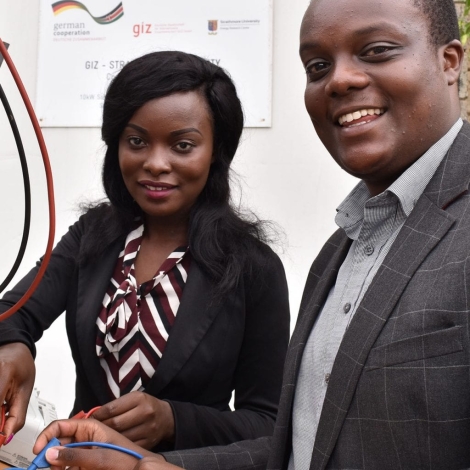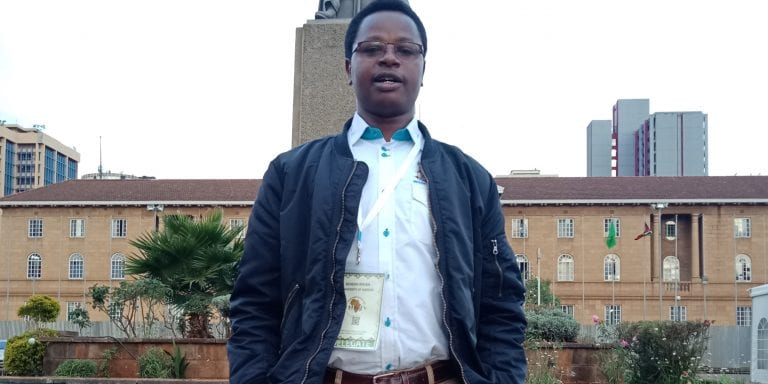Join the Siemens Design Challenge for a chance to win one of two $10,000 first-place awards.

Because effective design springs from the context in which it will be used, we turned to Ignatius Waikwa for inspiration in the development of technologies that could serve people in Kenya. Ignatius is a former E4C Research Fellow and a Renewable Energy Researcher at the Strathmore University Energy Research Center in Nairobi, Kenya. He graduated as an Electrical and Electronic Engineer from Jomo Kenyatta University of Agriculture and Technology, and he is an active member of the Institution of Electrical and Electronic Engineers (IEEE) and the Association of Energy Engineers (AEE). He has taken part in energy audits and studied the performance of solar photovoltaic panel plants, solar home systems, solar thermal desalination plants, smart metering and small hydro plants in Kenya.
E4C: What motivated you to pursue engineering for global development?
From past experiences in the projects that I have been involved in, both while in Campus and while in industry I realized that there are a large number of people who still lack basic amenities like access to electricity, water and roads. These are problems that can be solved using engineering skills. As an engineer, I was challenged and realized then that engineering for global development is my life long vocation.
E4C: In the Kenyan communities where you have worked, what might be the impact of brackish water desalinatin and post-harvest loss reduction?
IW: Renewable Energy sources (like wind and solar) that are readily available could be used in powering desalination systems for treating brackish water and systems to reduce post-harvest losses. Installation costs are high, but the cost of renewable energy technologies are decreasing. This will reduce greatly reduce the cost of treating brackish water and could reduce post-harvest losses.
A greater positive impact will be the availability of clean water in underserved areas and reduced deaths due to malnutrition and hunger.
E4C: Your expertise is energy production. What role will energy production play in the treatment of brackish water? Any ideas for how to produce the energy that will be needed for that specific task?
IW: Treatment of brackish water and preservation of post-harvest foods is energy intensive. Renewable energy resources that are available in regions that experience these challenges could be employed, and help reduce the running costs incurred in energy bills, as renewable energy systems have minimal running costs.
Renewable energy systems could be used to power reverse osmosis plants that are suitable for production of large amounts of desalinated water. And solar thermal energy for distillation of brackish water is suitable for small amounts of water.
E4C: What advice do you have for design teams attempting to meet the Siemens challenge?
IW: Solutions to the problems we face in the world are not abstract, but within us. All you have to do is think out of the box!
Looking forward to seeing the solutions you present. All the best in the challenge!

